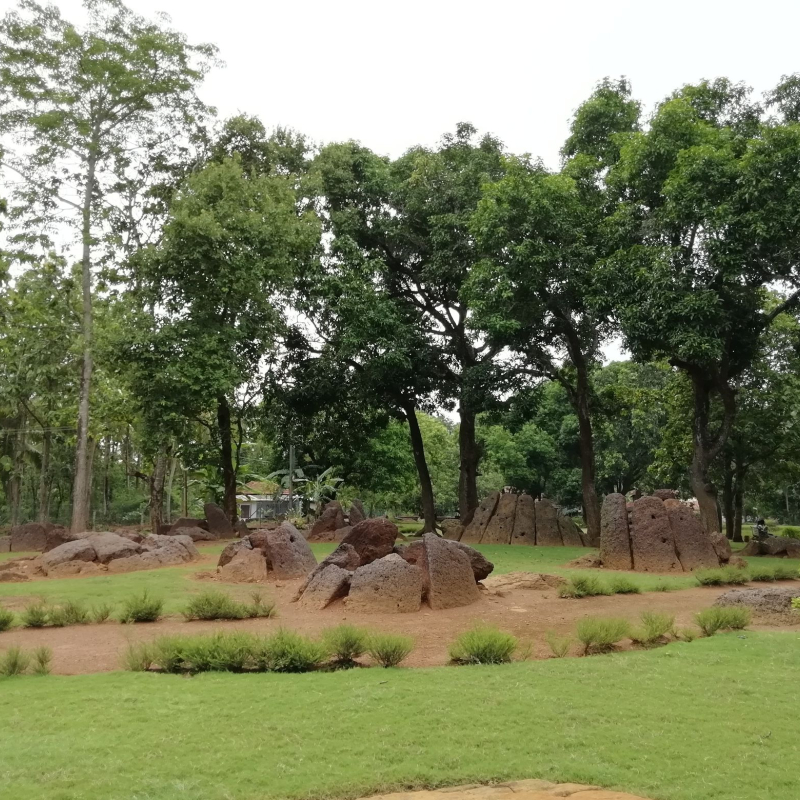A handful of megalithic sites in Kerala are protected by the Archaeological Survey of India (ASI), Thrissur Circle, under the Ancient Monuments and Archaeological Sites and Remains Act, 1958. They are accessible to the public free of cost. This article introduces the reader to the megalithic site of Cheramanangadu in Thrissur District, and two other sites in its vicinity.
The megalithic site at Cheramanangadu is 7.5 km from Kunnamkulam, Thrissur District.[i] The plot of land on which the monuments are located is called Kudakkalparamb. Kudakkalparamb derives its name from kudakkal (umbrella stones)—one among the different types of megaliths found here. The plot is protected by the ASI. Kudakkalparamb has a total of 69 monuments (see Fig. 1). Originally, the site extended beyond the present boundaries of the plot. The kudakkals lie partially outside the fence of the plot. The report of the excavations conducted at the site in 2002–03 also suggests that the site was once larger than the area enclosed by its assigned boundaries.[ii]
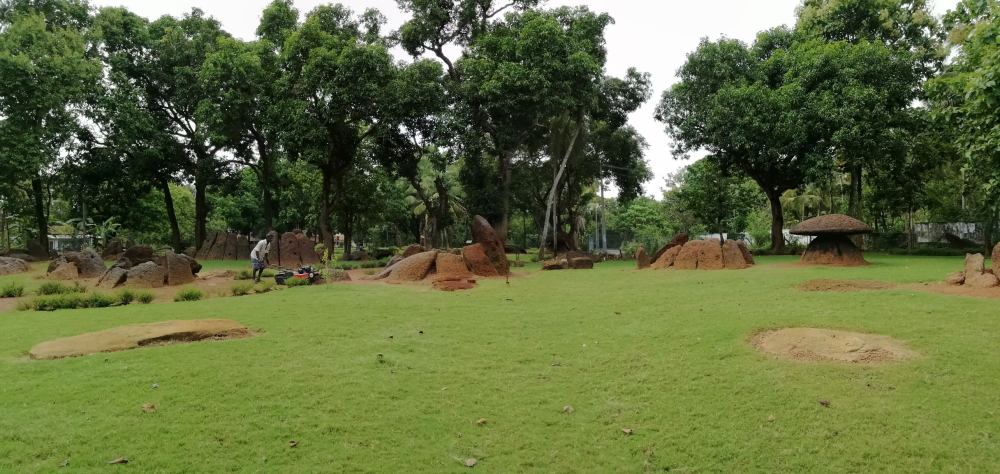
Fig. 1. Kudakkalparamb, Cheramanangad, Thrissur District (Photo Courtesy: Varghese, 2018)
At present, the site is landscaped by the ASI—most of the area is covered with short lawn grass interspersed with a few trees. It is possible that the original landscape had thicker cover. The 69 monuments at the site include kudakkals (see Fig. 2), topikkals (hat stones; see Fig. 3), pathikkals (hood stones; see Fig. 4), and stone circles (see Fig. 5). Most of the monuments at the site are made of dressed laterite, possibly because it is readily available in the region. However, a few granite structures can also be found here.
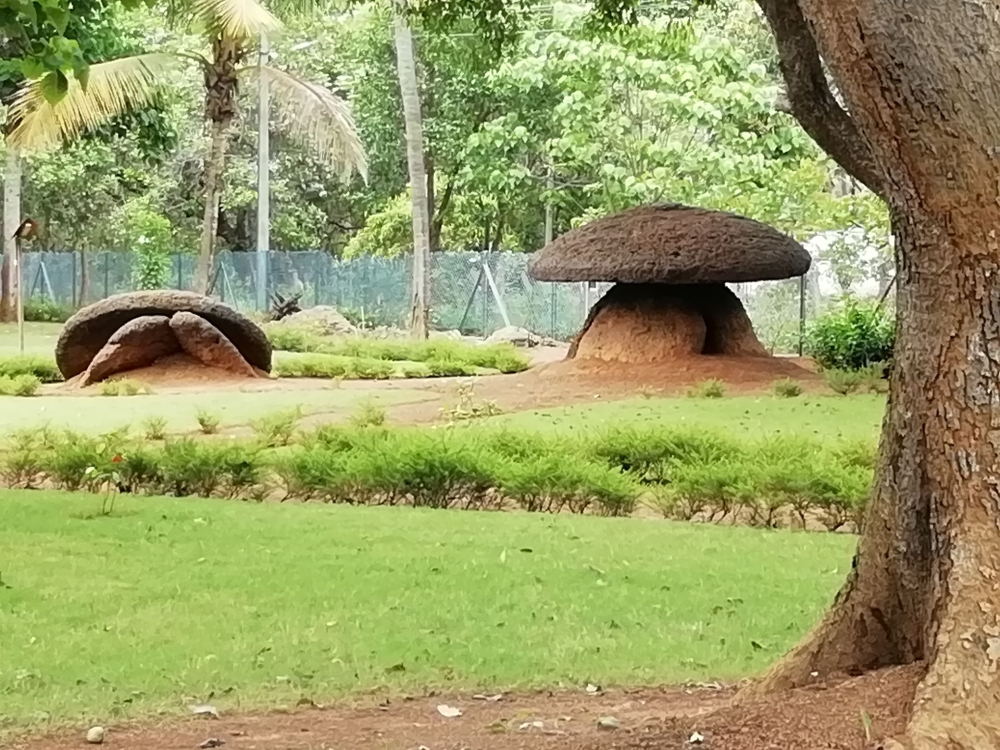
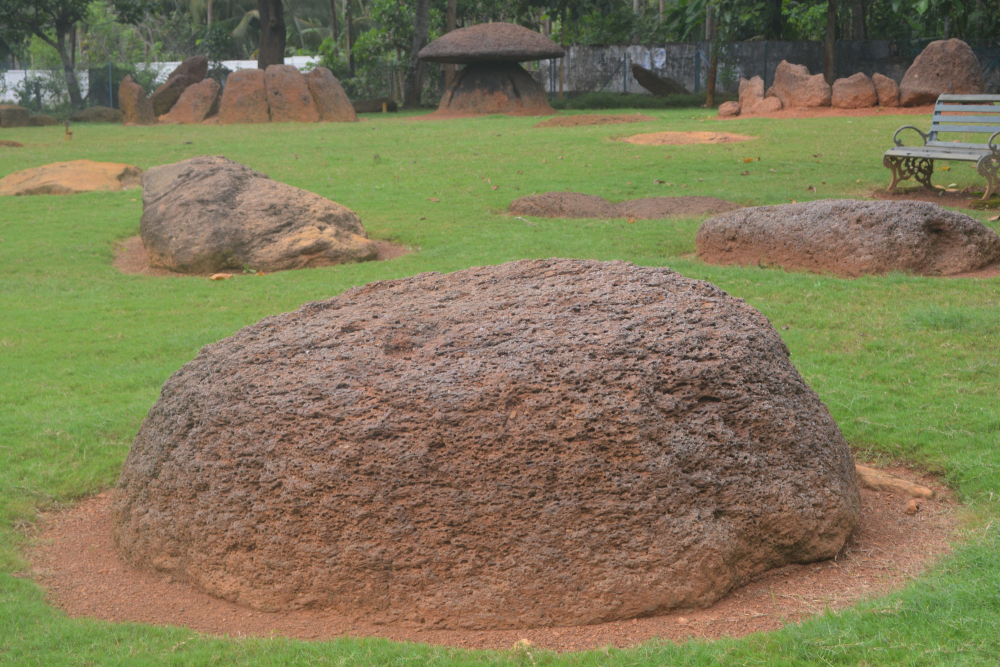
Fig. 3. Topikkal, Cheramanangad, Thrissur District (Photo Courtesy: Majid, 2018)
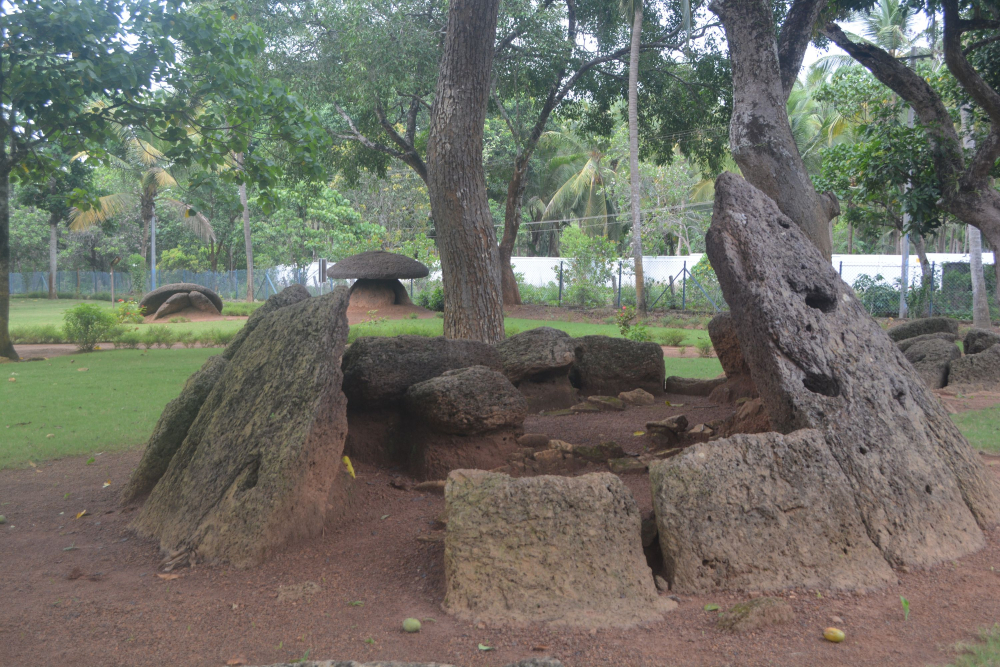
Fig. 4. Pathikkal, Cheramananad, Thrissur District (Photo Courtesy: Jaseera CM, 2018)
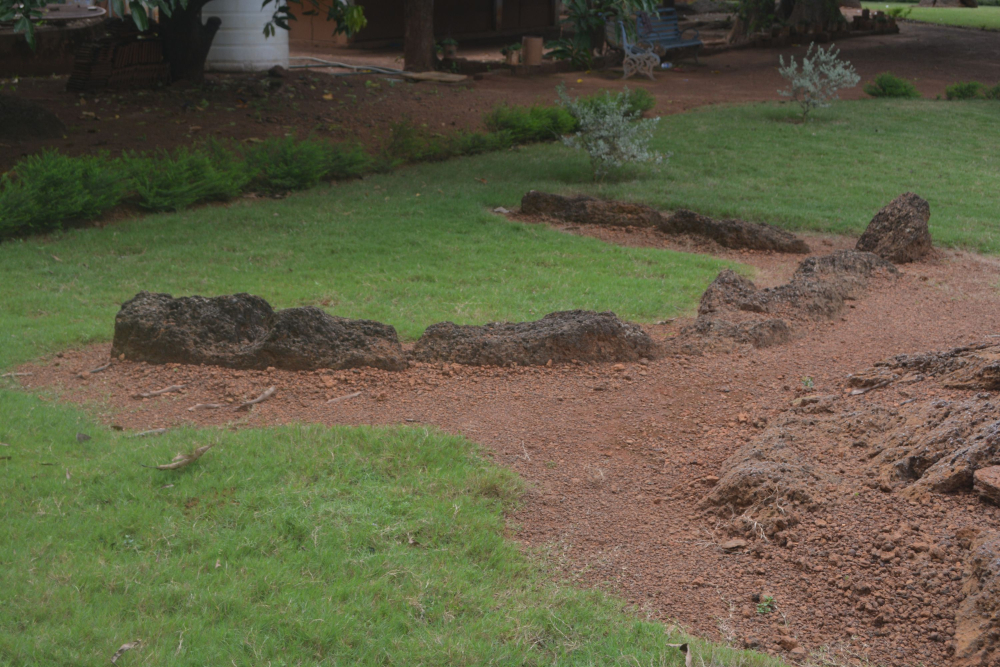
Certain direct inferences can be drawn from the Cheramanangadu site. First, the presence of a large number of these monuments within a small area indicates that there was a community space set aside for burials or commemorations. The area would have had immense symbolic and ritualistic meaning for the people who raised the monuments. Second, the variability in the architecture of the monuments indicates diversity in commemorative practices within a community. This variety could be indicative of both choice and social differentiation.
The ASI excavated the site during two seasons in 1990–91 and 2002–03. During the first season, five monuments were excavated—a topikkal, a pathikkal, a kudakkal, a monument marked by a granite capstone, and a stone circle. A short report of these excavations was published in the 1990–91 volume of the Indian Archaeology–A Review (IAR), the ASI’s official publication.
The excavated pathikkal and kudakkal did not yield interments. Hence, the excavators assumed that these monuments were symbolic in nature. The pathikkal had eight clinostats (a stone slab erected at an inclination), of which two were visible above ground before the start of the excavation. The kudakkal had four clinostats, which carried a hemispherical capstone. The clinostats were found in a pit meant for erecting them.
An excavation of the topikkal revealed an urn interred within a pit. The urn was closed by a granite slab. Inside the urn, there were highly disintegrated bone fragments, a Red Ware vessel, and a Russet-Coated Painted Ware (RCPW) bowl. From outside the urn, a Red Ware vase, three Black and Red Ware (BRW) bowls, and an unidentified iron object were obtained.
The monument marked solely by a granite capstone had below it an urn interred within a pit, as in the case of the topikkal. The urn contained 11 pots—mostly Red Ware—and bone fragments.
The stone circle was made of laterite stones and had a diameter of 4.5 m; there were three pit burials within it, each containing an urn. One urn was bigger than the other two. All three urns were covered with topikkals. They contained ceramic vessels and iron implements. The iron implements included lamps with hooks, rods, ring stands, arrow heads, sickles, knives, and tripod stands. One urn had a copper bowl in it. Copper is not as common as iron in the region. The excavations showed that the monuments differed not just in over-ground features, but also in subterranean ones. These features can occur in different combinations. Thus, it may be observed that burial assemblages vary amongst monuments as well.
In the second season of excavations, two topikkals were identified while clearing the pathway adjacent to the protected limits of the site. Excavations revealed the subterranean features of the monuments. Below both topikkals, there was an urn each interred within a pit. Associated with the burials, ceramics (RCPW, Red Slip Ware, and BRW) and iron implements (ladles, tripod stands, and knives) were found. Only a very short report on the excavations is available, which was published in IAR in 2002–03. As such, further details on the excavations are currently not accessible. The ceramic vessels and iron implements excavated from Cheramanangadu are stored and displayed (Fig 6) at the museum of the ASI’s Thrissur Circle office. Photographs of the excavations are also on display at the museum.

Rock-cut caves are another type of unique monuments found in the Kerala region. While they do not exist in the Cheramanangadu complex, rock-cut cave sites can be found on the road to Cheramanangadu. There are two rock-cut cave sites near Cheramanangadu with one protected monument each. On the Kunnamkulam–Wadakkanchery Road, about 1.5 km after Kunnamkulam, is the Chowannur site[iii]. The rock-cut cave of Chowannur (see Fig. 7) is protected within a small walled enclosure by the ASI.
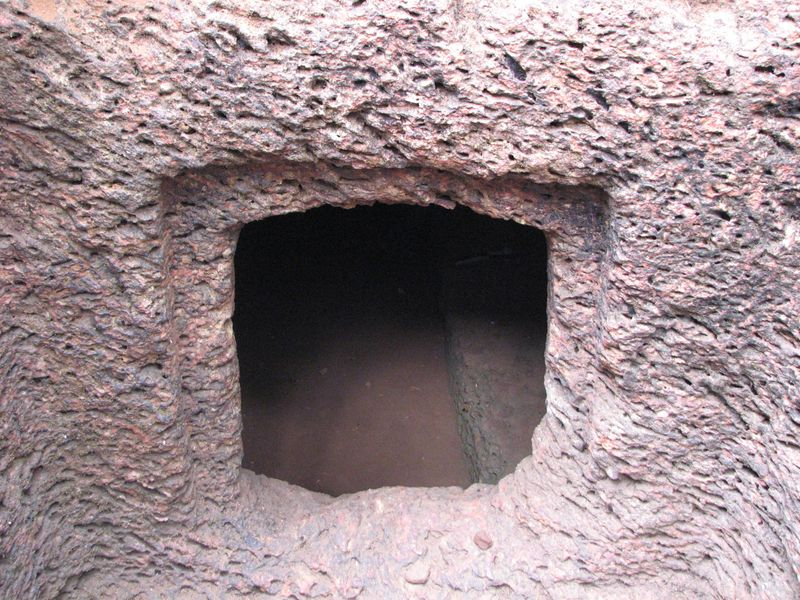
The cave has a recessed entrance towards the east with a veranda. The other walls of the chamber are circular and the ceiling is vaulted. The chamber has two benches—one each on the northern and southern sides. On the western side, there are five circular blocks cut out of laterite, possibly intended as stands for vessels.[iv] Excavators have found one lamp and three Red Ware jars at the Chowannur site.[v]
Eyyal Cave is another site protected by the ASI. The protected site is about 500 m from Samajam Road, near the Pannithadam Junction (5.4 km from Kunnamkulam) on the Kunnamkulam–Wadakkanchery Road.[vi] The monument has two chambers excavated into a laterite boulder. The outer court leads to the main chamber, which faces east, and there is a smaller chamber to its right. The main chamber has a bench of irregular width that runs along all three sides of each chamber, except on the side where the entrance is. The extension of the middle portion of the bench on the western side forms the pedestal for the central pillar.[vii] Excavators found turreted lids, painted pottery, and Red Ware at the Eyyal Cave site.[viii]
The two caves differ in their architecture and detailing. Some rock-cut caves have more elaborate structures than these two. One example is the cave at Nasranikkunn in Anakkara, Palakkad District (see Fig. 8). The Nasranikkunn cave has three chambers and a courtyard, into which one can descend via a flight of laterite steps. The exterior is marked by a circle of dressed laterite blocks.

Fig. 8. Rock-cut Cave, Anakkara, Palakkad District (Photo Courtesy: Mohammed, 2008)
Home to an especially rich variety of megalithic monuments, Cheramanangadu is an ideal site for visitors to understand the variety of commemorative practices that existed in the region during the Iron Age. While numerous sites have been reported in different parts of Kerala, it is not easy to locate most of them. A large number of sites have been destroyed, especially as a result of landscape alterations for modern-day construction. Apart from the sites discussed above, megalithic monuments protected by the ASI include the kudakkals of Ariyannur in the Thrissur District, and the rock-cut caves of Kakkad, Kattakambal and Kandanassery near Kunnamkulam in the Thrissur District.
Notes
[i] Location of the site is here -
[ii] Indian Archaeology 2002–03: A Review.
[iii] Location of the site is here -
[iv] George, ‘Archaeology of Kerala up to 1500 AD.’
[v] Peter, ‘Dimensions of Megalithic Culture of Kerala’
[vi] Location of the site is here -
[vii] Valsa, ‘Megalithic Monuments in Thrissur in Historical Perspective’, 60–65.
[viii] George, ‘Archaeology of Kerala up to 1500 AD.’
Bibliography
George, K.M. ‘Archaeology of Kerala up to 1500 AD.’ PhD thesis, Maharaja Sayajirao University, Baroda, 1975.
Indian Archaeology 1990–91: A Review. New Delhi: Archaeological Survey of India, 1995.
Indian Archaeology 2002–03: A Review. New Delhi: Archaeological Survey of India, 2009.
Peter, Jenny. ‘Dimensions of Megalithic Culture of Kerala in Relation to Peninsular India: An Interdisciplinary Approach’. PhD thesis, Maharaja Sayajirao University, Baroda, 2002.
Valsa, M.A. ‘Megalithic Monuments in Thrissur in Historical Perspective’, Rural South Asian Studies 1, no. 1 (2015): 60–65.
